The Transcendental Painting – Thoughts about a painting philosophy
Ways out of crisis
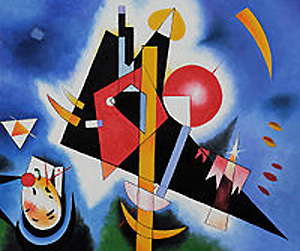
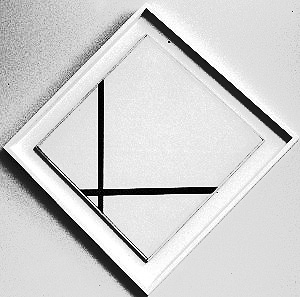 Admidst the general radical change happening at the turn of the 19th century, painters such as Kandinsky, Malevich, Delaunay, Mondrian, Klee, and Itten were also searching for the origin of artistic expression and strived after "pure reality", "pure energy", "pure vitality", "pure colors", "pure compositions", and "pure visions". They advocated for distance from the object, the importance of pure colors and surfaces, and a move towards abstraction. With his "School of Pure Vision", Egon von Vietinghoff shared their ideas and freed himself from naturalism in his way. But like Mondrian, Delaunay, Vlaminck, and Campigli he turns away from cubism after a short period of time.
Admidst the general radical change happening at the turn of the 19th century, painters such as Kandinsky, Malevich, Delaunay, Mondrian, Klee, and Itten were also searching for the origin of artistic expression and strived after "pure reality", "pure energy", "pure vitality", "pure colors", "pure compositions", and "pure visions". They advocated for distance from the object, the importance of pure colors and surfaces, and a move towards abstraction. With his "School of Pure Vision", Egon von Vietinghoff shared their ideas and freed himself from naturalism in his way. But like Mondrian, Delaunay, Vlaminck, and Campigli he turns away from cubism after a short period of time. 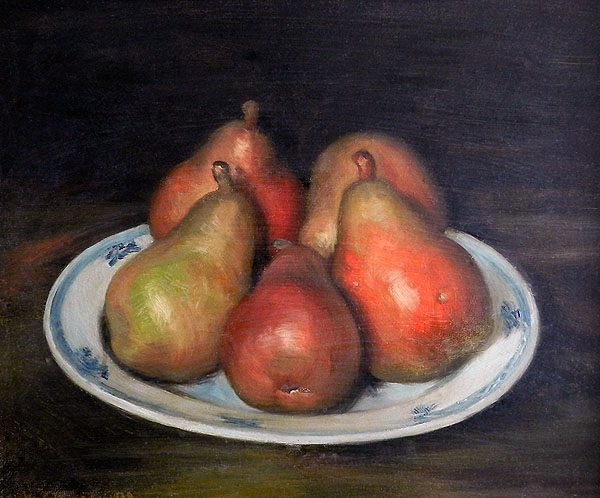
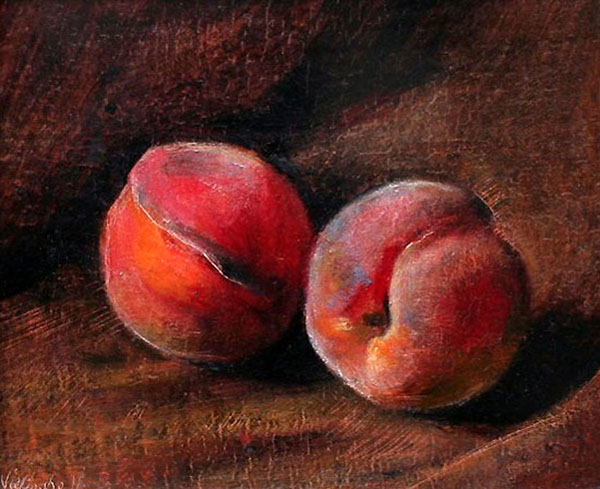 Despite common dissatisfaction and concurring fundamental ideas, his logic led him to opposite conclusions. For him, the visual arts were a language needing objective forms in order to be understood.
Despite common dissatisfaction and concurring fundamental ideas, his logic led him to opposite conclusions. For him, the visual arts were a language needing objective forms in order to be understood. Since colors are always related to objects (except in the case of light refractions), painting had to be concrete for him. While his contemporaries turned more and more to planes and coolness, his own works became more plastic and warm.
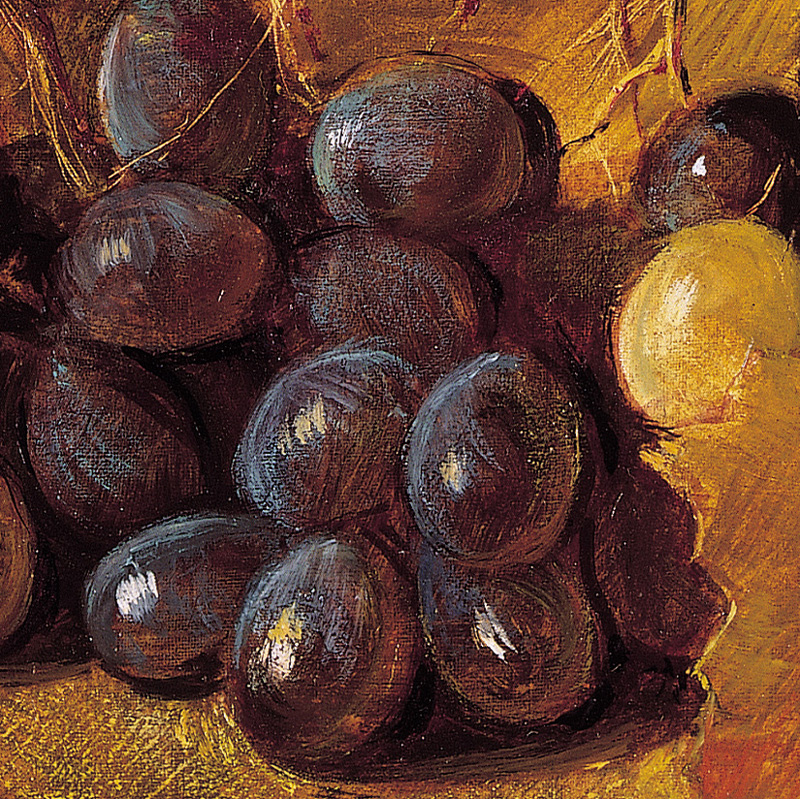
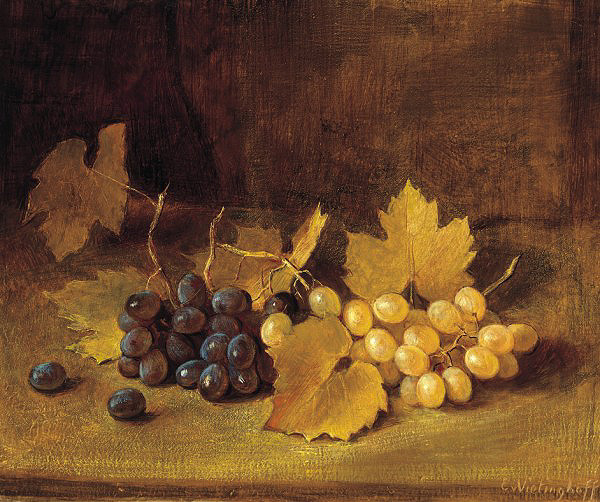 Independent of current trends, he began to study the originals of the Old Masters and daily traveled between the Louvre Museum and his studio in Paris to experiment with his observations and working materials.
Independent of current trends, he began to study the originals of the Old Masters and daily traveled between the Louvre Museum and his studio in Paris to experiment with his observations and working materials. Thus he discovered not only the technique of mixing oil and resin, but also the necessity of the spiritual aspect to true works of art. In his terminology, the way of looking at things was called "vision" and painting based on this "vision" was called "Transcendental Painting".
Transcendental Painting
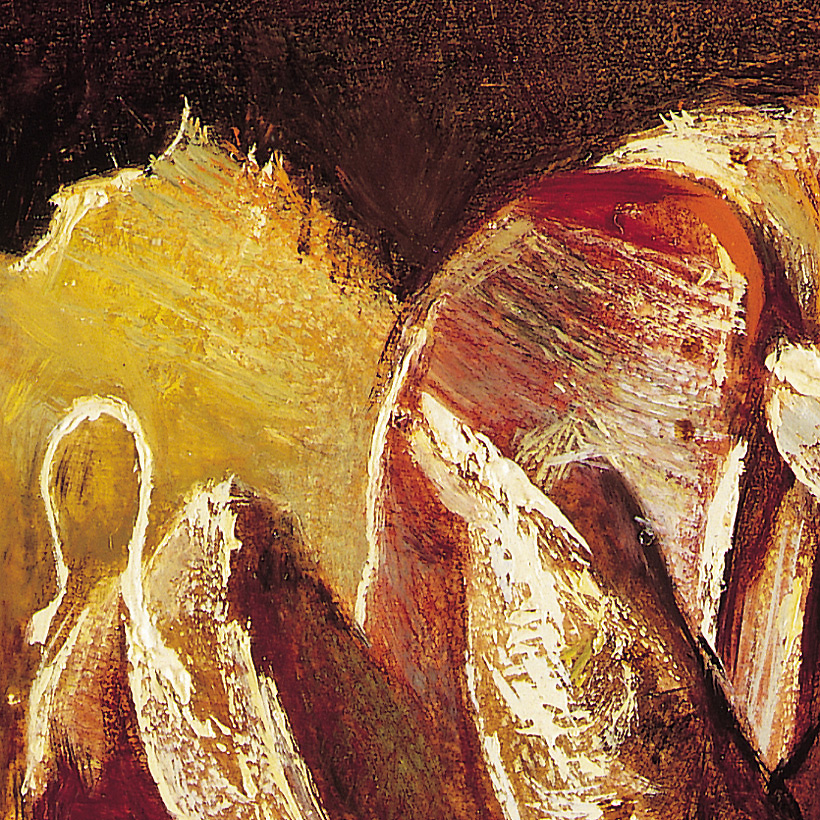
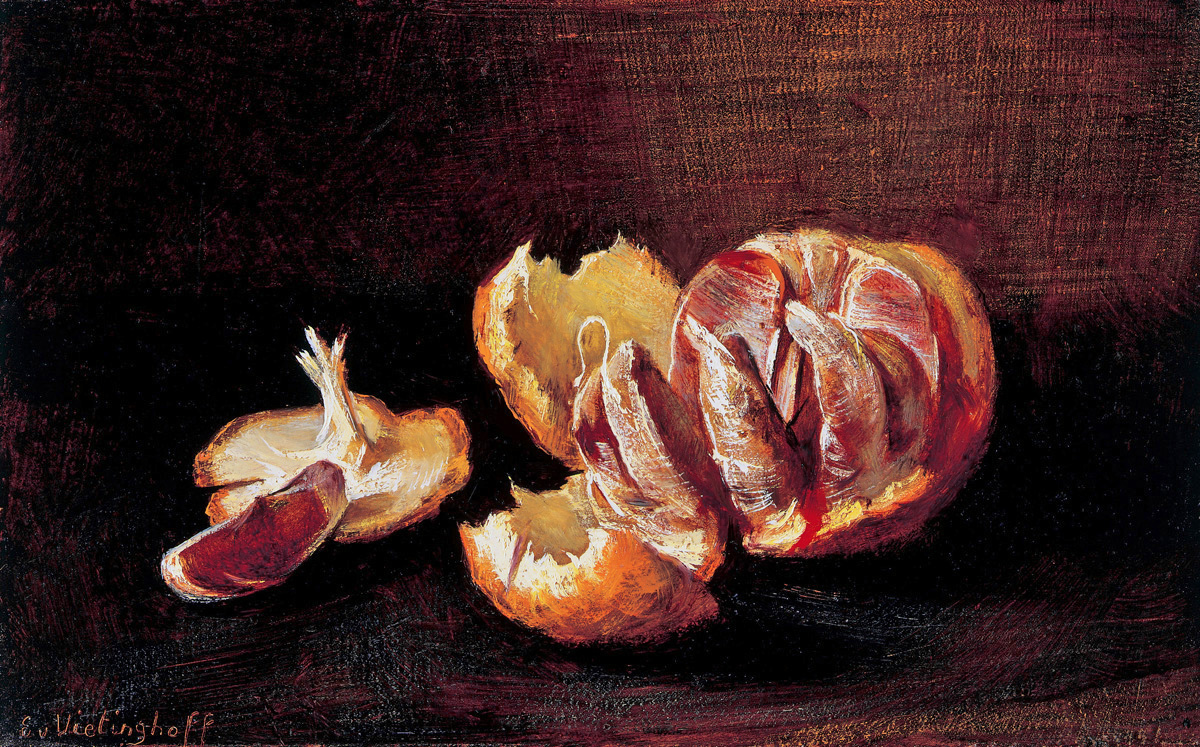 In order to perceive the world, he opened up to the phenomena of nature. However, it was not the surface of things he painted but their disintegration into color interactions, taking place before his eyes.
In order to perceive the world, he opened up to the phenomena of nature. However, it was not the surface of things he painted but their disintegration into color interactions, taking place before his eyes.He reproduced a world of colors in which he was immersed, rather than a collection of individual narrative observations.
Since the play of colors and light emanated from existing things, his "Transcendental Painting" is concrete, but inasmuch as it reproduces sensations and not measurable characteristics of things, it is the opposite of naturalism.
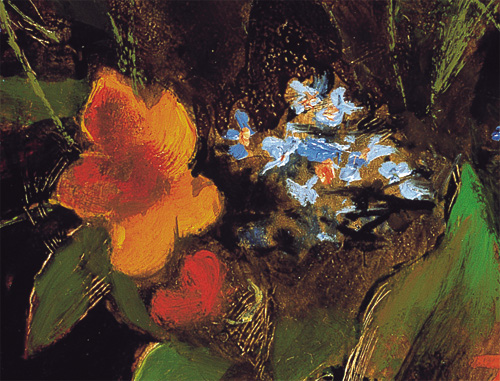
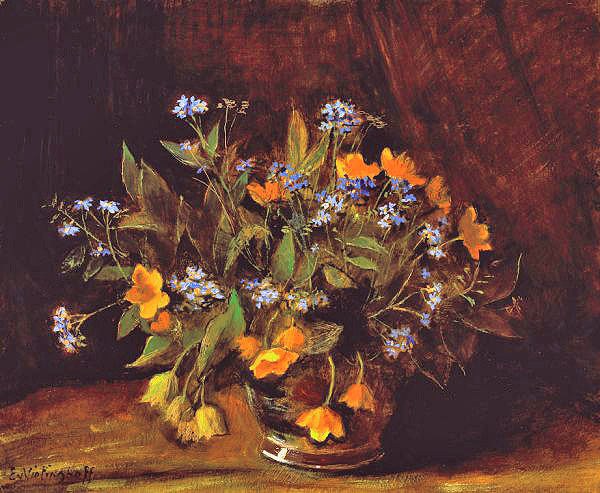 His aim was neither the natural representation of the exterior of his objects nor the restructuring of nature in accordance with intellectual concepts.
His aim was neither the natural representation of the exterior of his objects nor the restructuring of nature in accordance with intellectual concepts.On the one hand "Transcendental Painting" does not copy, and on the other hand it does not invent anything by construction. It looks for the nature of the world and by way of its sensations it reaches metaphysical insights.
Thus Egon von Vietinghoff found an alternative to the extreme poles of naturalism and abstraction or of copy and construction. Looking exclusively at the play of light and colors, he let the observer see the simple miracles of life. In doing so, even his art provoked in periods of abstract and politically committed painting.
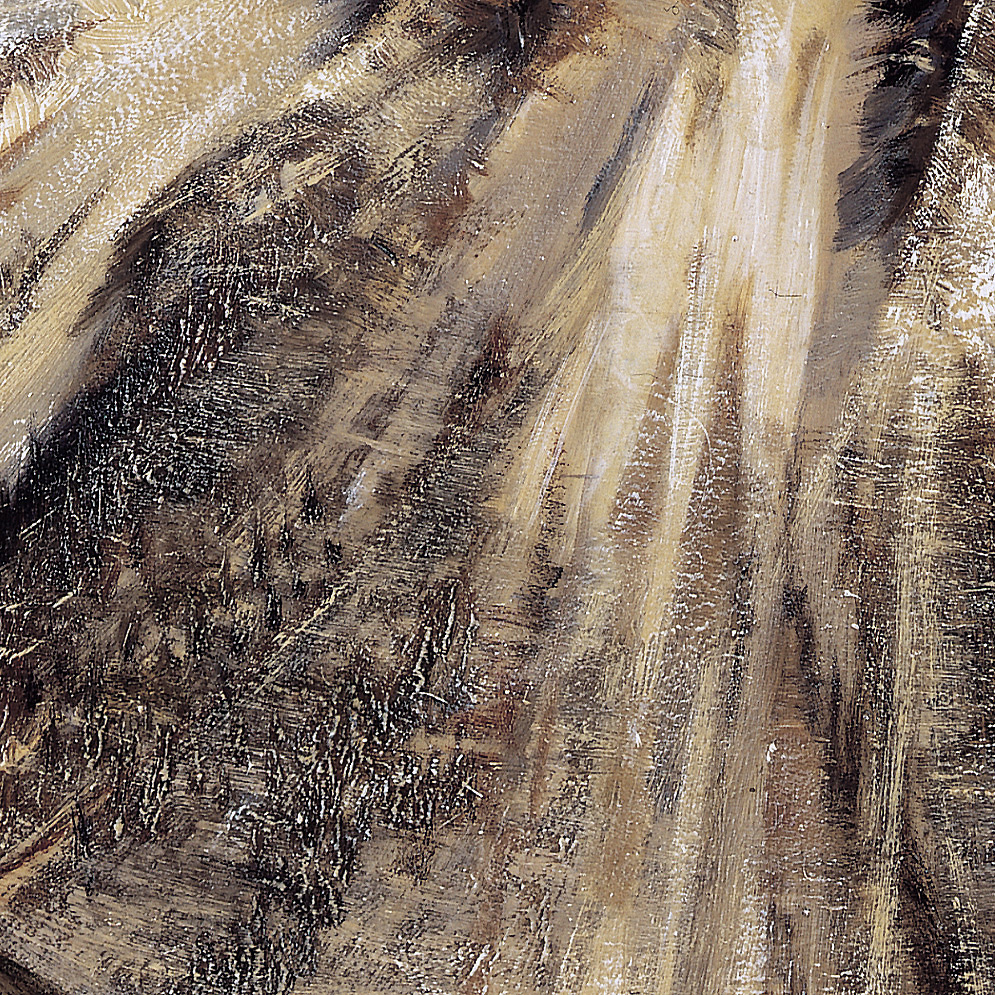
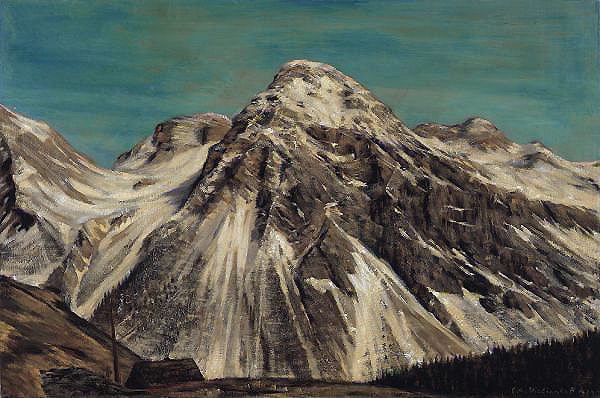 Departing from a philosophical and mystical concept, he understood imagination in the sense of creative ability as the possibility of the human spirit to perceive transcendently.
Departing from a philosophical and mystical concept, he understood imagination in the sense of creative ability as the possibility of the human spirit to perceive transcendently. In artistic intensification, intuition – a sort of "sixth sense" – leads to inspiration and uses imagination as an organ of perception of the irrational, absolute reality which we can only divine temporarily with our limited view of the world. Imagination is therefore no original thought, no speculative dream-world, no willful reconstruction and no alienation of phenomena.
The School of Pure Vision
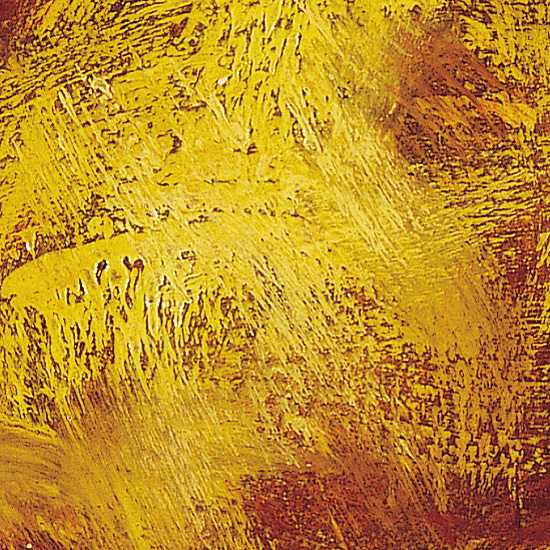
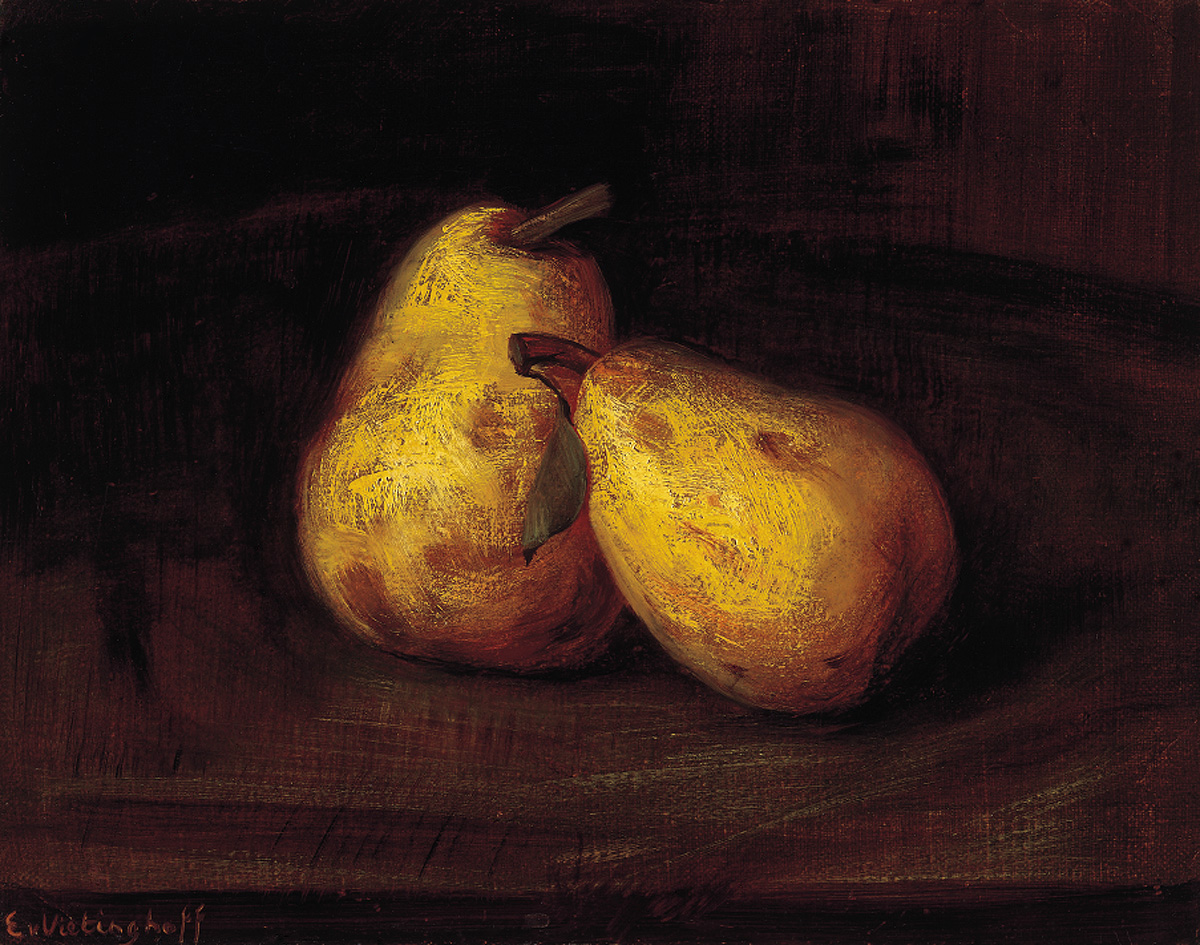 The road to transcending painting goes by way of a certain type of seeing, an "abstract" vision of things.
The road to transcending painting goes by way of a certain type of seeing, an "abstract" vision of things.As children, we had to learn to see spatially. When projected on the background of the eye, pictures are displayed as planes, just as on the canvas of the painter. Concrete seeing occurs only by the interaction of the eye and the touch. It results from many small experiences and is mixed with the knowledge of the material world, which originally is not of visual nature, i.e. has not reached consciousness by way of the eye, but is based (for instance) on the touch and cognitive reflection as well.
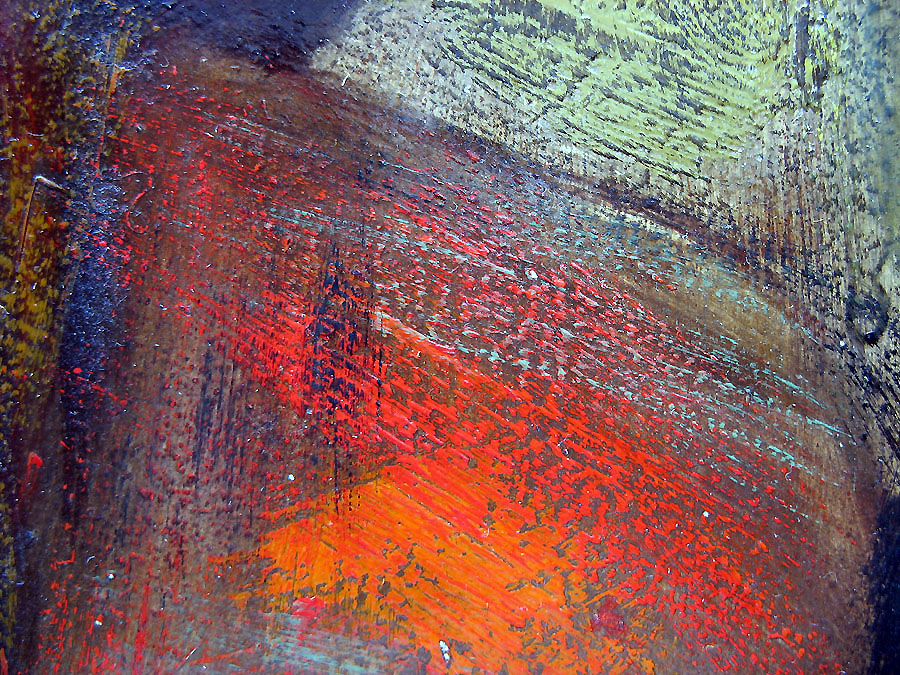
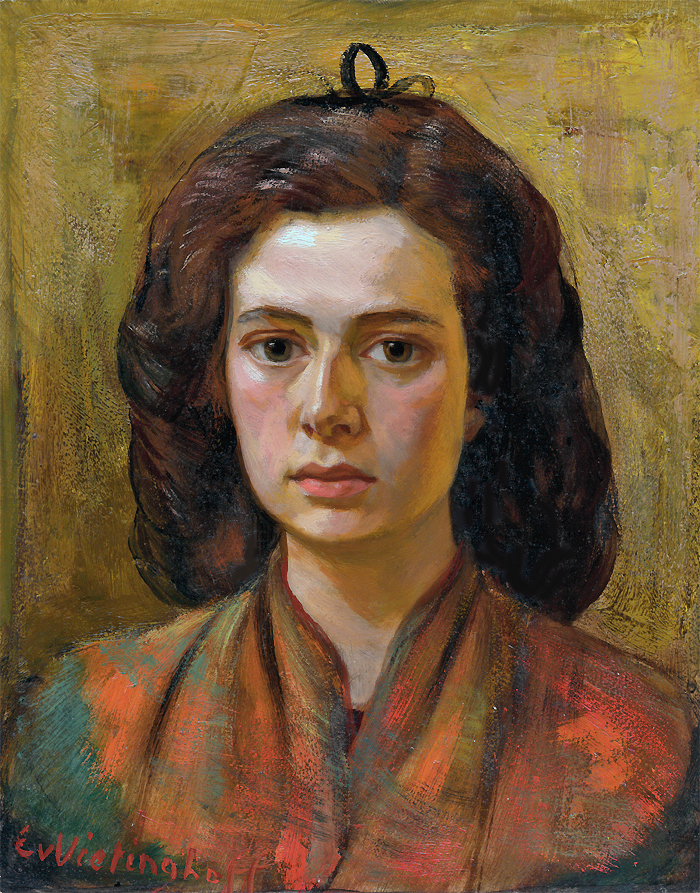 Vietinghoff consistently understood "abstract" and "pure" as related only to color, produced on the basis of nothing else but the visual function of the eyes, but not as abstract in the sense of geometric, planebased or symbolic. Purely visual means based on purely sensual perception, unaltered by addition, alienation or mental intention – or in other words free of acquired knowledge.
Vietinghoff consistently understood "abstract" and "pure" as related only to color, produced on the basis of nothing else but the visual function of the eyes, but not as abstract in the sense of geometric, planebased or symbolic. Purely visual means based on purely sensual perception, unaltered by addition, alienation or mental intention – or in other words free of acquired knowledge. 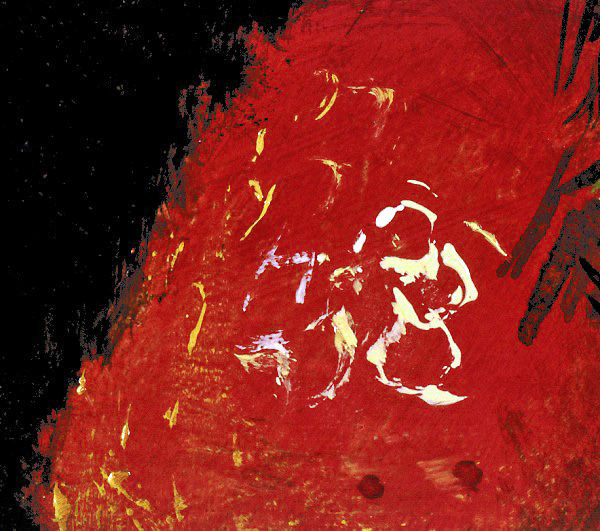
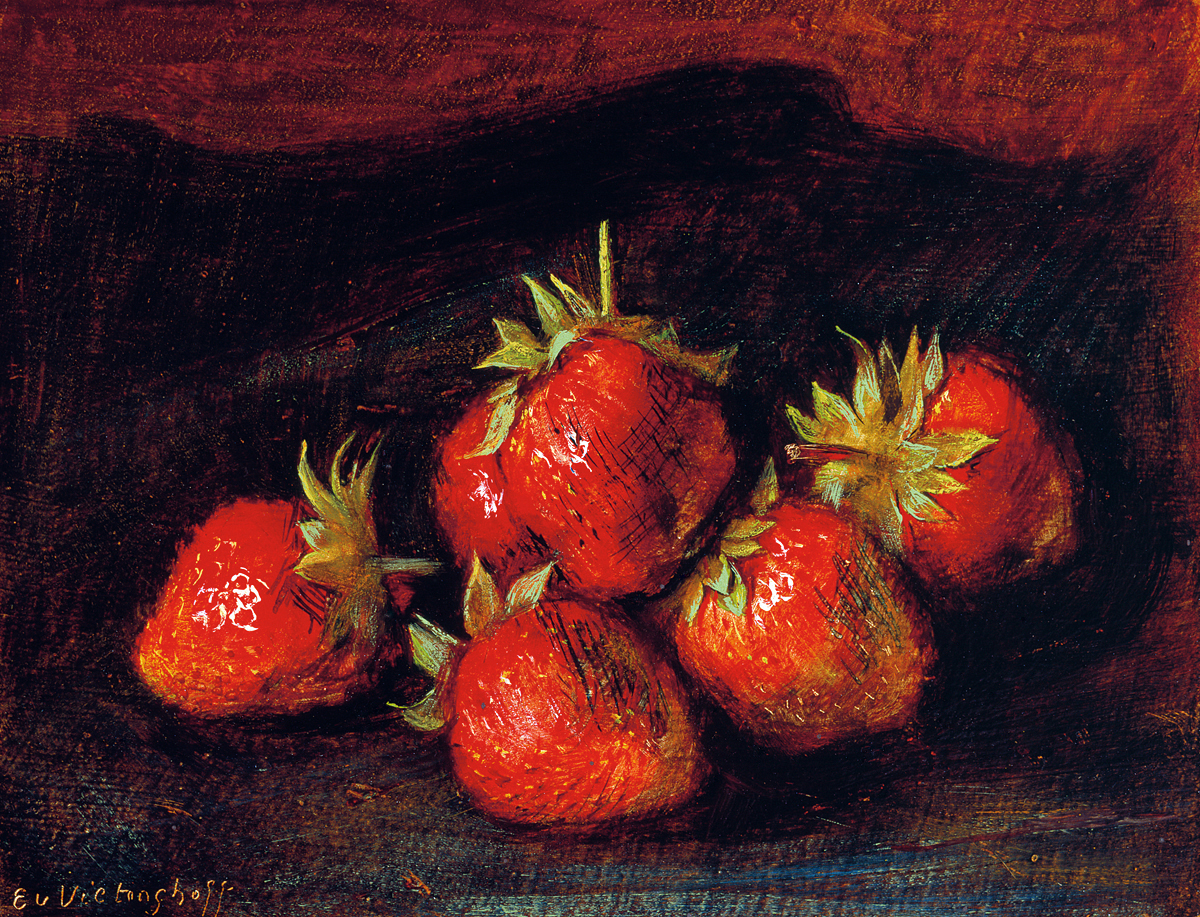 In years of meditative visual exercises, he opened himself to unintentional perception of the objects as color surfaces existing side by side; thus he prepared himself for inspiration.
In years of meditative visual exercises, he opened himself to unintentional perception of the objects as color surfaces existing side by side; thus he prepared himself for inspiration. In this "School of Pure Vision" earlier understandings and assumptions of the materiality of things fade out: they disintegrate into individual color areas and
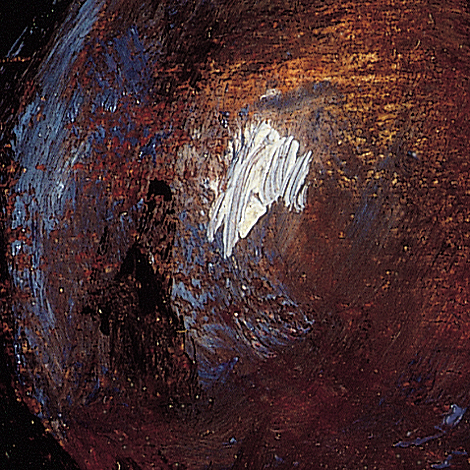
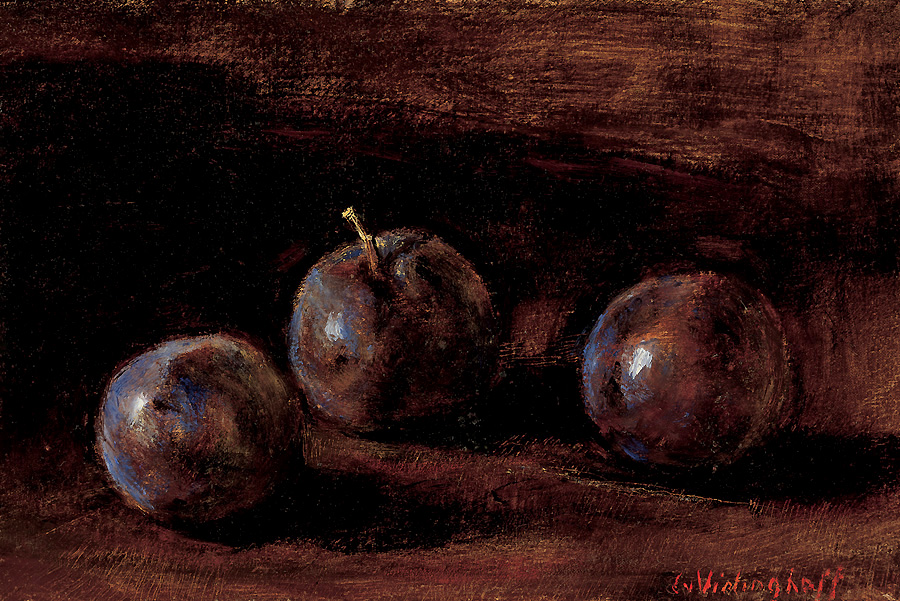 Vietinghoff compared the transcending artist and his meditative concentration of pure, unintentional perception with an archer in Zen Buddhism: both eliminate will and thinking in meditation and open up to experiences differing from the usual ones needed for the management of day to day life.
Vietinghoff compared the transcending artist and his meditative concentration of pure, unintentional perception with an archer in Zen Buddhism: both eliminate will and thinking in meditation and open up to experiences differing from the usual ones needed for the management of day to day life. The world appears as nothing more than the interaction of hues and shadings in a color context, i.e. as symphony of colors or as "drama of color and form", showing the observer an aspect differing from the one he knows already.